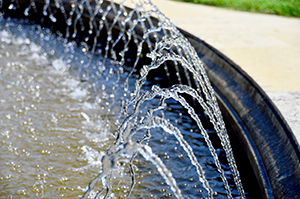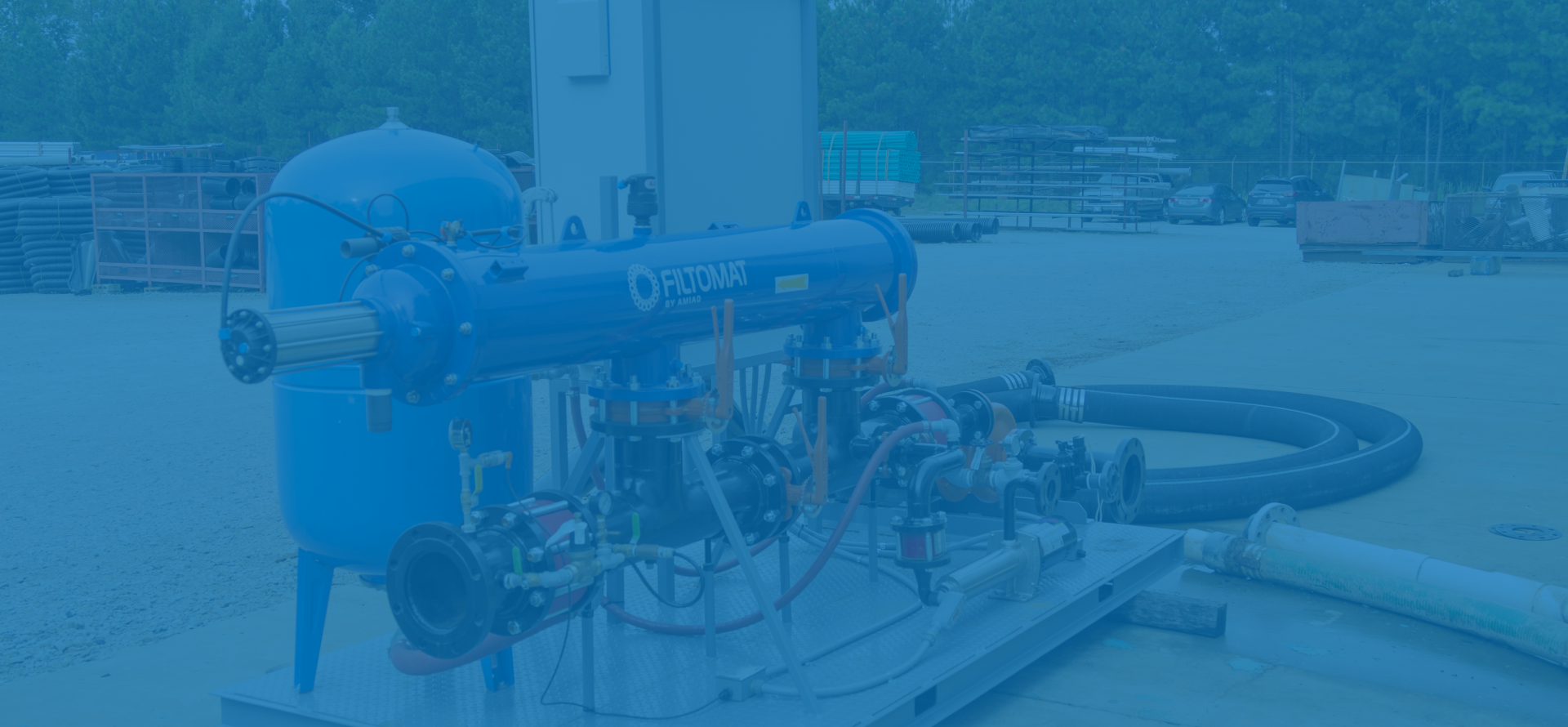
Pumps designed for outdoor fountains and water features are sized by their flow rate and pressure requirements. Water feature pumps are typically high flow and low pressure. Smaller pumps typically measure flow in gallons per hour (GPH), and larger pumps typically use gallons per minute (GPM). But how do you figure out what size your water feature needs? Read on to find out!
1. Water feature volume.
Larger volumes need larger pumps. To figure out the volume of a pond or fountain in gallons, multiply its length by width by average depth (all in feet) by 7.5. For a 300-gallon water feature of a type (explained below) that requires water circulation every two hours, you’d look for a pump with a flow rate of 150 GPH.
2. Water feature type.
Minimum water circulation frequency (or flow rate) will depend on a few different attributes:
• Water falls and water features with skimmers should circulate once every hour.
• Ponds without fish can have a water circulation rate of once every two hours, while stocked ponds should be at least double that.
• Water in smaller ponds under 250 gallons should circulate at least once every hour, while larger ponds need a circulation frequency of about half that rate.
3. Height.
Fountains and other water features that need extra water pressure will also need stronger pumps, and a pump will have this designated “head height” in its product information. To determine the minimum head height you’ll need, measure the vertical height that water must be raised from the pump plus 1/10 of the horizontal distance the water will travel.
4. Discharge diameter
If you plan to use a certain tubing size for your water feature (as would be the case when matching the inlet hole of a fountain feature) refer to a pump’s rated discharge diameter. The two numbers should match; otherwise, the indicated flow rate will not be accurate.
5. Livestock.
Water features that house animals like fish will need more aeration. A larger pump creates greater water circulation and consequently increases both aeration and filtration. Ponds with more powerful pumps can support more fish.
A rule of thumb for fishponds is to get a pump that is double the flow otherwise indicated by the other sizing factors. Check out this in-depth article on pond aeration and maintenance for more information.
Consider contacting us at WP Law if you need help designing, planning, or sourcing materials for a new water feature for your home or business. With over 50 years of experience supplying South Carolina with quality products, you can count on us for the best service around.









